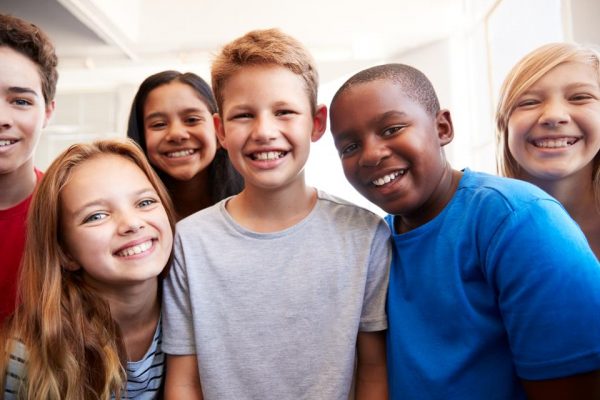Will your child return to school this fall?
Here’s what you need to know.
Will schools open this fall?
It’s a question that most parents have asked all spring: Will school open this fall? The school experience – like work – has been disrupted due to COVID-19. Millions of children have traded classrooms and playgrounds for home school and remote learning. How long will this new normal last? Colleges and universities are in a similar predicament. While colleges and universities are still operating remotely, they also must grapple with reopening their campuses this fall or wait until 2021 (or later). Public leaders will need to decide how and when to open schools safely. The decision will most likely be based on health and science and may differ by geography based on local circumstances and needs. Many governors, mayors, educators and other leaders are developing comprehensive plans that focus on health, virus testing, safety, learning, social interaction, online versus in-person instruction, and the impact on children and teachers alike. They will also need to consider the possibility of a second wave of Coronavirus potentially this fall or winter.
Is it too soon to reopen schools?
The Center for Disease Control and Prevention (CDC) released guiding principles to protect children, teachers, administrators, staff from the spread of COVID-19. These principles are not law. Rather, they are advice from leading health professionals on best practices and health and safety considerations that should be evaluated before a K-12 school opens. Each state and city will likely make its own determination whether to open a particular school district or school based on their assessment of the local needs and circumstances surrounding COVID-19.
What will school look like after COVID-19?
According to the CDC, COVID-19 is mostly spread through respiratory droplets released when people talk, cough or sneeze. To limit the spread of COVID-19, your child’s school may look much different than it did before the pandemic. Whether your child’s school opens this year or next year, it’s possible that your child’s school may look like this:
Remote Learning (Option 1)
- Students and teachers interact through remote learning. Students have virtual activities and events. This is considered the lowest risk and safest.
Staggered Schedules (Option 2)
- Students would attend school at different times, with smaller in-person classes, activities and events. Think of a staggered schedule.
- Social distancing would be enforced, with students at least six feet apart and no sharing of objects like school supplies, books or toys. Students would remain in one classroom. This option has more risk.
Remote and virtual learning (Option 3)
- Students and teachers could interact through both in-person classes, activities and events as well as remote learning. This option also has more risk.
Full-sized, in-person classes (Option 4)
- Students and teachers interact in full size, in-person classes, activities and events.
- Students do not practice social distancing, and they share supplies and materials. This is considered the highest risk.
Other Guidelines: Schools that re-open
The CDC also recommends other guidelines for schools to reopen:
No more best attendance awards
Schools may not give your child an award for best attendance. Students and teachers will be encouraged to stay home if they have Coronavirus symptoms or have been exposed to someone who may have the virus.
Big focus on hygiene
Hand-washing for at least 20 seconds. Covering your mouth when you cough or sneeze. Hand sanitizer. Heavy cleaning and sanitation of classrooms and school buildings. This could be the new normal.
Wearing a mask
Many parents are wondering: will my child have to wear a mask? The CDC recommends face coverings be worn “as feasible” by staff and students—especially older students and when social distancing is not possible). However, the CDC says children younger than 2 years old should not wear masks.
Classroom layout
Classrooms may look different. The CDC recommends that students sit six feet apart and that desks all face one direction. If the classroom only has tables, the CDC says that students should all sit on one side of the table with appropriate spacing in between each student.
No playgrounds or cafeterias
The CDC says playgrounds and cafeterias should be closed, if possible.
read the full article
